When we think of Barcelona, we think of a big European city with traffic and few places for curves and twists. But there are hidden treasures just a few minutes from the city center; little traffic, winding roads, and incredible landscapes.
Invited by QJ Motor, we went to the outskirts of Barcelona with a proposal: to test 5 different models in just one morning. The goal was to have a first contact with the motorcycles that will soon be in the dealerships, and understand their qualities and flaws in a first approach. Despite the limited time with each of the motorcycles, the good organization of the event allowed us to draw good conclusions about the models.
SRV 300
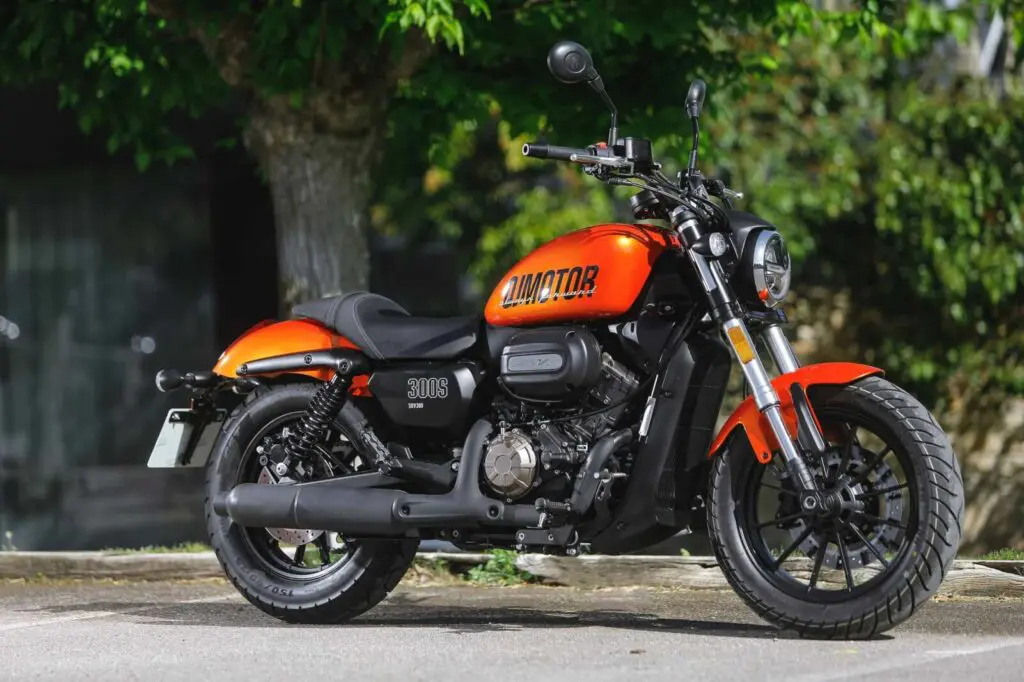
The SRV 300 (priced at €4,890) was a pleasant surprise for several reasons, including the sound of the V-twin engine which proved to be quite pleasant, with its 296 cc and 30.7 hp of power. But its biggest advantage was indeed the balance of the whole package. Brakes, suspensions, engine, frame, all in agreement provide this motorcycle with an excellent compromise and a factor of fun. The footrests complained a little throughout the day due to the low ground clearance, but mostly our fault. We have to point out some excessive vibrations, especially at higher revs but very close to the engine cut-off, not being a rev range that we will frequently ride in this motorcycle. The SRV300 may have been the “smallest” motorcycle we tested during the day in Barcelona, but certainly it did not let itself be bothered by its brand companions, offering a lot, for little. Furthermore, of all the models, it was the one that showed the best braking feel, something that was a clear negative point in the larger models.
SRV 550
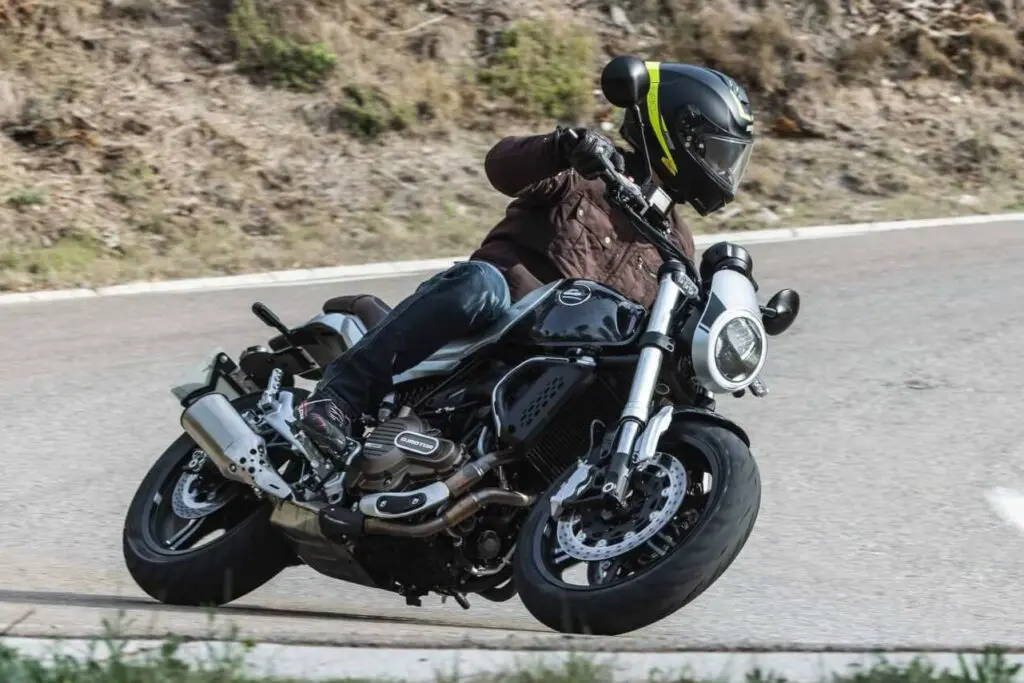
Similar to the SRV 300, the SRV 550 (RRP of €5,990) stands out for its very balanced set of features. The engine is a parallel twin with 554 cc that delivers 47.5 hp and the sound is not the same as the custom model, but it also proved to be quite pleasant. Being a slightly more powerful motorcycle, we began to notice something that turned out to be an important detail – which we have already mentioned above – in the following models as well. The braking showed little sensitivity and feel, sometimes raising doubts about its effectiveness, although it never failed when properly pressed during crucial moments. Despite this, the riding position of the SRV 550 is quite natural and still allows for enjoyable moments on winding roads.
SRK 700

The SRK 700 immediately sparked everyone’s curiosity and after realizing the type of roads we had ahead, everyone wanted to ride this motorcycle. Let’s start with its biggest flaw. The braking – just like what we already reported on the SRV 550 – was even more noticeable on the SRK 700 due to its greater power and ability to reach higher speeds in shorter distances. Its greatest quality? The agility and cornering ability of this motorcycle, which, even with its almost 200 kg, had no problem attacking curves. The engine also pleased us a lot, featuring a inline twin, 698 cc, and 73.4 hp of power. The engine is quite energetic and did not feel uncomfortable at low revs, revealing energy in the mid and high ranges, making this motorcycle very fun to ride on well-connected roads. The electronic fuel injection proved to be somewhat abrupt when the type of riding changes as well. When we completely close the throttle and then want power again on the right handle, we feel that the SRK 700 delivers everything too quickly, making the throttle response somewhat abrupt. While this is not ideal, it is something we get used to after a few kilometers, but with electronic adjustments, this motorcycle can easily become more friendly and enjoyable, without requiring extra attention when twisting the right handle. This motorcycle has a price of €6,890.
SRT 550

Perhaps the motorcycle that left us most disappointed, due to a combination of factors and circumstances. The SRT 550 (priced at €6,590) is part of a range with a lot of good competition and expectations were high. However, the riding position was, for us, the biggest Achilles’ heel of this model, as we felt that the handlebars were too narrow and close to us, and the seated position on the motorcycle was too low for natural ergonomics. The engine proved to be pleasant throughout the rev range, but with 554 cc and 47.5 hp of power, along with a curb weight of 235 kg, it would clearly benefit from more torque in the mid-range. In terms of the chassis, the SRT 550 also possibly fell short, largely due to a body that is somewhat oversized for the heart that gives it life.
SRT 800 and SRT 800X
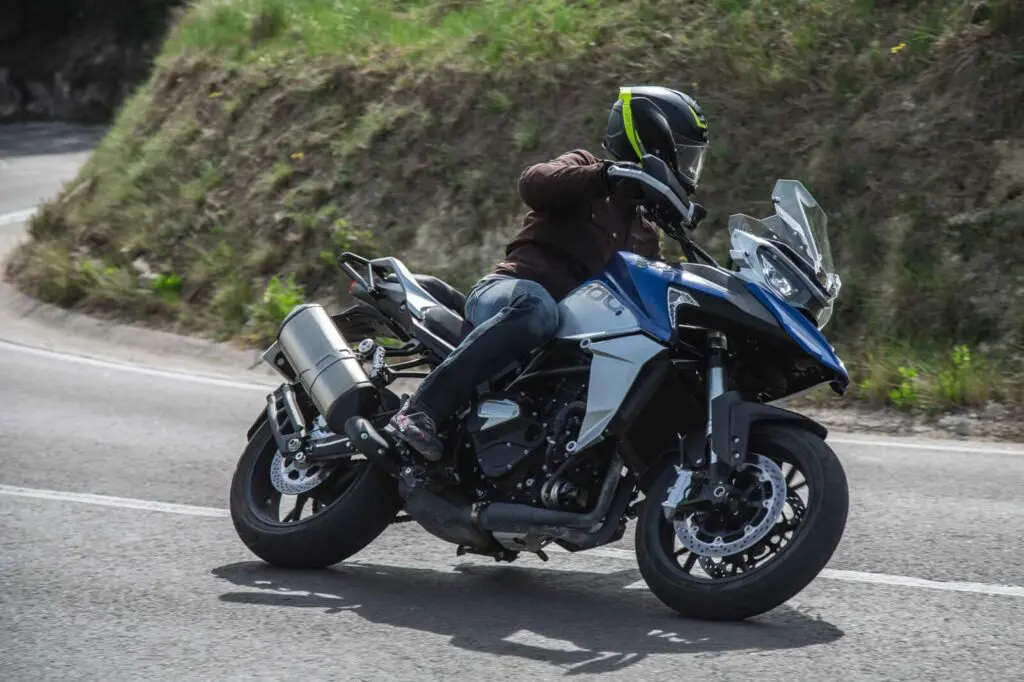
Yes, it’s true, the motorcycle we were seen riding is the SRT 800 (€8,490), without spoked wheels, and it was indeed the one we rode the most. However, the differences compared to the X version (€8,990) in terms of its handling characteristics are not colossal, with the 19″ front wheel making a slightly different behavior noticeable when entering curves, but also aiding in the absorption of irregularities. The tires that equip both models are naturally different as well, with the 17-inch wheel version equipped with Pirelli Angel GT tires, and the X version equipped with Maxxis tires.
Similar to the SRT 550, and despite having a larger displacement and power (754 cc and 76 hp), we felt a lack of torque in the mid-range, considering that we are talking about a motorcycle with a curb weight of 260 kg. Nonetheless, the engine proved to be quite pleasant at stabilized speeds, with few vibrations.
COMMON POINTS AND DIFFERENCES
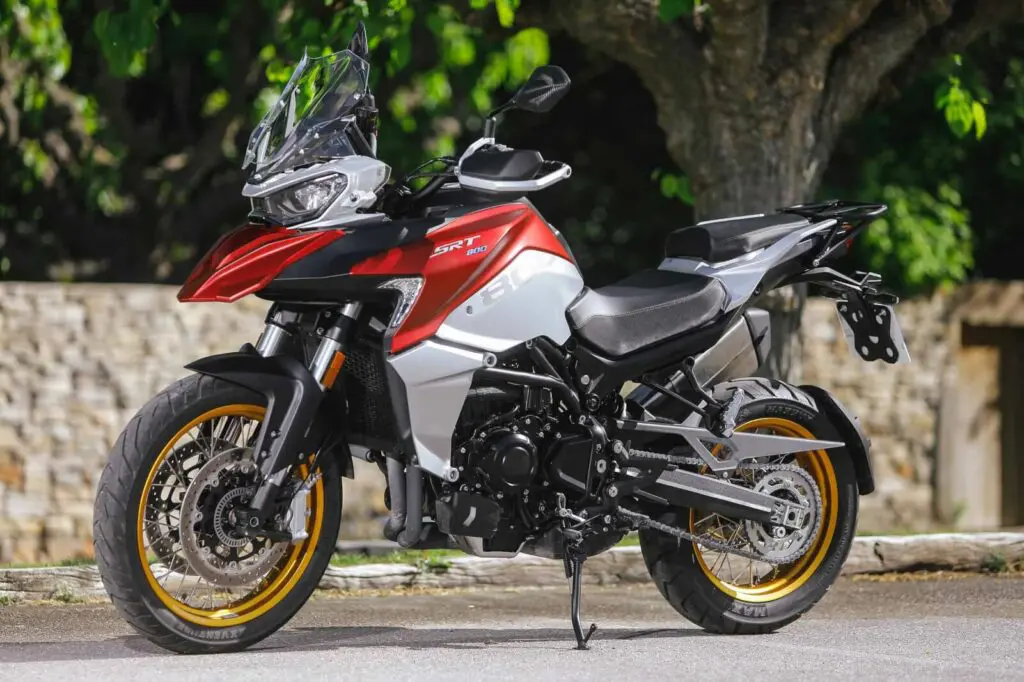
It is important to mention that QJ Motor has decided to equip all the models we tested with their own components, meaning that the front suspension, rear shock absorber, and brakes are all manufactured by the brand itself, with the STR 700 being the only one equipped with Marzocchi suspensions and Brembo brakes, but it was not made available for testing. This indicates a belief in the product and that something good can be done with the components manufactured in-house. However, it can also have a disadvantage. The flaws of one model can be transferred to the others. Here, braking was effectively the most noticeable point – as we have been mentioning – with all the models showing a lack of touch and sensations on the right lever. But it was also evident that the overall set of all the bikes is quite balanced and has development potential. Despite the range being quite distinct, looking at the set of all the bikes, the general feeling is the same, and we ended the day with a “positive balance” on these QJ Motor!
FINAL VERDICT
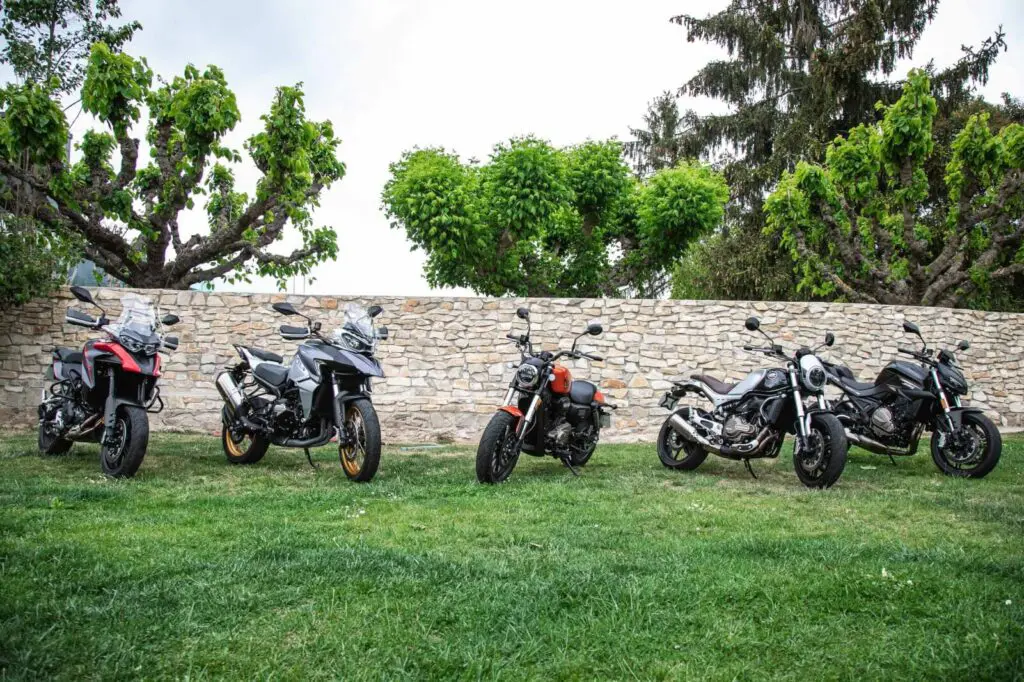
QJ Motor is making a strong entry into the European markets, and Portugal is no exception. With these five different models, it was possible to confirm that the Qianjiang group wants to give relevance to its own brand, and if more evidence were needed, equipping all the bikes with their own components shows how much the huge Chinese group is investing in QJ Motor. However, it is not easy to compete with the big players in the two-wheeler engineering industry. There are brands that have long been established, others have been leaving their mark and growing significantly.
Still, and despite some noticeable gaps – perhaps due to the brand’s tender age – such as the brake sensitivity or the more abrupt injection, it was also evident that there is a good foundation to work with. QJ Motor has the knowledge and economic capacity to establish itself among the big players in the two-wheeler industry, and the next few years promise to be highly competitive, not only among European and Japanese brands, but also Chinese ones, especially considering the favorable price point and the 6-year warranty!







